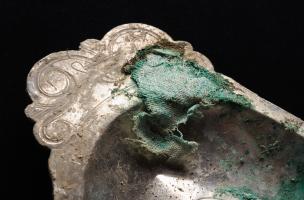You are here
All the treasures of Reims
Inrap archaeologists are at present excavating two important sites in the historical centre of Reims. Curated by the Regional Archaeological Service (Drac Champagne-Ardenne) they add decisively to our knowledge of the history of Reims which, during the Gallo Roman period, was one of the most important towns of the Roman Empire, covering more than 600 hectares.
The creation of the tramway, more than 11 kilometres long, crossing Reims from north to south, has given Inrap teams the opportunity of undertaking research over more than 2 hectares of the ancient town centre. Sixteen months of excavation have revealed the Gallic levels, but above all the town structure of Antique, Early Christian and Medieval Reims.
Under the future tramway: the ancient heart of Reims
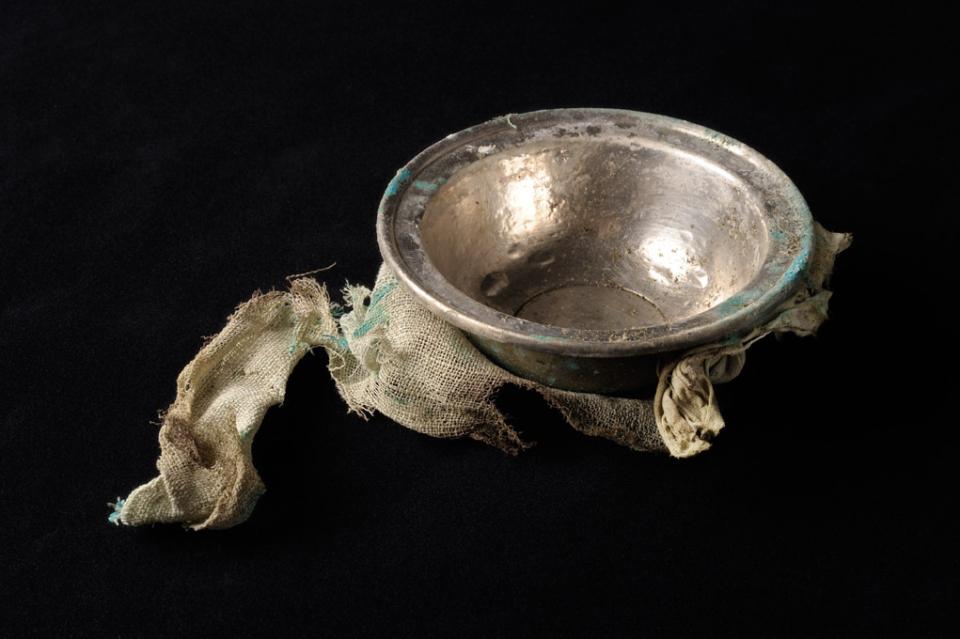
The north-south way (cardo maximus), backbone of the antique town of Durocortorum, and adjoining buildings on the Place de la République have been excavated. A building, probably an Early Christian oratory mentioned in ancient texts, and a medieval cemetery have been brought to light.
Above an early first century AD urban installation, a Gallo-Roman amphitheatre has been identified on the Place Saint Thomas.
Moreover, foundations of a monumental arch, Place Myron-Herrick, appeared. It is the "Gate of Soissons" known as the "Gate of Venus" by ancient historians. This Gate marked the passage of the decumanus, the east-west way of the Gallo-Roman town. Under the arch, a vaulted sewer dating from the 2nd-3rd centuries AD of impressive dimensions (2.90 metres high), has been cleared.
Silverware in the cellar
This tableware was fabricated in the centre or the east-centre of Gaul and dates from the 2nd-3rd centuries AD.
The most noteworthy aspect of this discovery is the state of conservation of the pieces of cloth that wrapped the ensemble. Textile remains are frequently found in the form of oxidised wefts on metal objects, but in this case, thanks to exceptional conditions of conservation, several tens of square centimetres in their original supple form have come down to us. In addition, the first plate has also kept scraps of fur or of skin.
Even though this tableware is not of solid silver, the discovery of such a homogeneous group of objects is rare. It was not a treasure hidden by some worried owner, but a service of quality carefully put away and intended to present dishes according to the new table manners in vogue during the 2nd and 3rd centuries.
The old port: a crafts zone and warehouses on the River Vesle
To reinforce foundations in these damp conditions the Gallo-Romans drove piles down to the geological substratum. These piles were then covered with an apron on which the walls were built. In this excavation, the role of wood is omnipresent. Four square-shaped wells whose casing is composed of planks assembled either half-wood or dovetailed, were probably linked with some craft activity. Several ditches for storage or decantation of potter's clay testify the production of ceramics nearby. Other craft activities seem to have been intense in this part of the town. The production of textiles is testified by four workshops in which looms were installed. A series of kilns or drying ovens, as for them, lead one to presume activities linked to the fabrication of iron objects, or the drying of cereals. The explanation of the large quantity of leather shoes found in the river bed at the outlet of the gutters of an ancient street has not yet been found (work rejects, shoemaking activity …).
An interactive atlas and a documentary
Furthermore, the town of Reims, Reims Métropole, Mars (Mobilité agglomération rémoise) and Inrap co-produce with Zadig productions a 52 minute documentary realised by Jean-Paul Fargier and entitled "Reims la romaine" (to be completed late 2009).
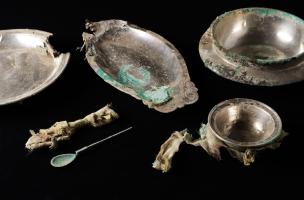
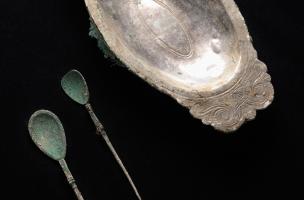
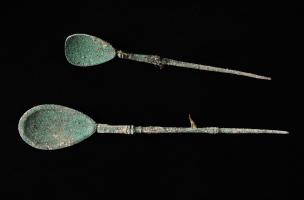
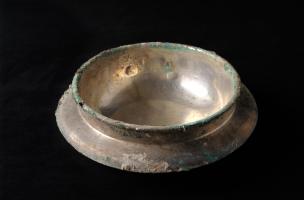
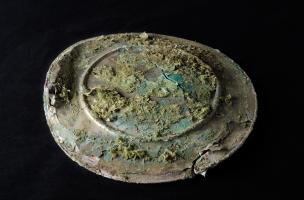
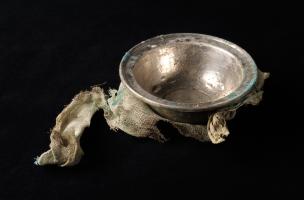
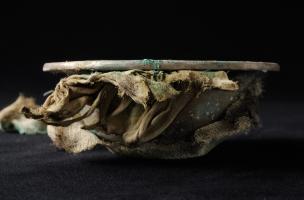
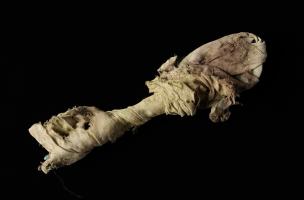
Mahaut Tyrrell
Media communication
Inrap, media partnerships and relations department
+33 (0)1 40 08 80 24
mahaut.tyrrell [at] inrap.fr


